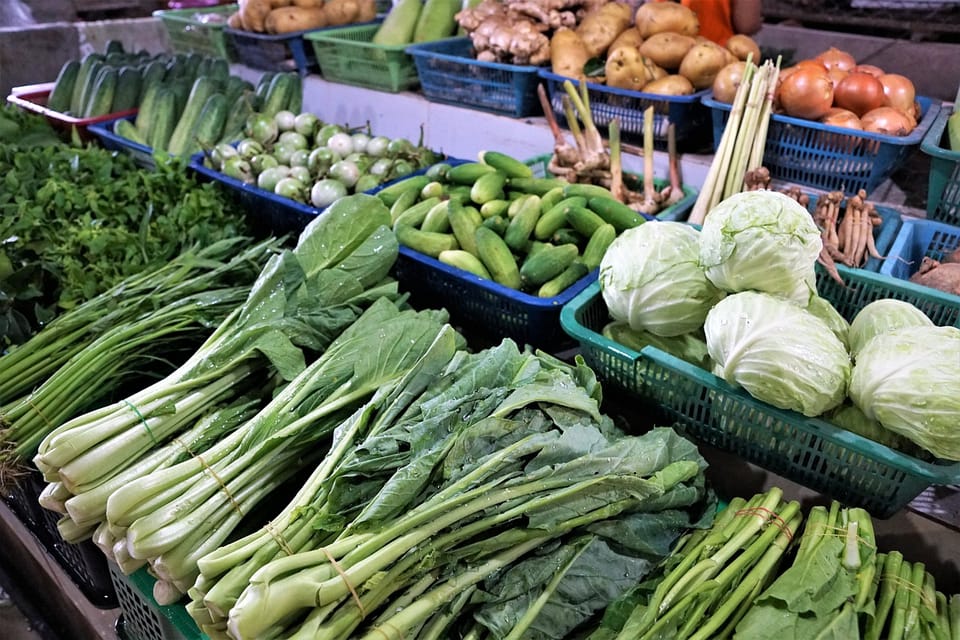Balancing Efficiency with Sustainability: Tech's Role in Modern Eating Habits
Could your fridge soon know what you'll eat before you do? Imagine it trimming down your shopping list, keeping only what you need. And think of grabbing your ready-made food from the porch, not just excited by the deliciousness that awaits inside but also by the eco-conscious wrapping it came in.
These ideas are already taking shape today. Smart AI systems are predicting our food buys to slash waste, while new packaging materials are revamping food delivery with sustainability in mind.
Besides the obvious convenience factor, these savvy tech solutions are also reshaping our eating habits. Let’s see how.
Turning the Tables on Waste
How often have you tossed out wilted greens or a carton of milk just past its prime? However, even though food waste does happen more consistently in a household, the major culprits are supermarkets, grocery stores, restaurants, and other players in the food industry.
To curb this waste, AI-driven analytics are now being designed to anticipate our grocery needs, promising to revolutionize our buying behaviors. By analyzing purchase histories and eating patterns, smart algorithms can forecast what and how much we should buy. This gives stores a clear idea of how much to buy in order to avoid waste.
This technology also works for households. Consider this - a system that nudges you towards the necessary purchases for upcoming meals based on your diet and routine. Leftovers become less frequent as predictive technology ensures you're only stocking what gets consumed.
How to Curb Food Waste Right Now
While big food industry players already use AI to track inventory, regular households don’t have access to the same technology. However, this doesn’t mean you don’t have options.
You can take steps toward a more sustainable life by being more mindful of your shopping habits. The old trick of going to the store with a list is quite efficient, and nowadays, there are plenty of free apps you can use.
Another option to curb food waste is meal kit delivery. These are services that create meal kits based on chef-designed recipes that contain enough ingredients for the number of servings you want to cook.
Such a service will take care of your groceries without the hassle of meal planning and recipe selection. All the recipes you receive follow your dietary needs. Plus, you only receive the ingredients you need – nothing more.
You may also want to use a good nutrition tracker to stay on top of your dietary needs. If you use a meal kit service, each serving comes with detailed nutritional information, so it’s quite easy to log your macros. Plus, some services have their recipes already logged in nutrition trackers, which makes it extremely easy to keep track of your consumption.
Green Solutions for Packaging
The packaging industry is one that affords us the convenience of having food and perishable products delivered, but this convenience comes at a hefty environmental cost.
However, the modern customer is no longer happy to support companies that don’t understand the implications of their actions. Recent advancements in technology and material science have also shifted the trend toward greener materials, such as plant-based bioplastics, compostable containers, and even edible packaging options.
The Consumer’s Role in a Sustainable Food Future
While we like to give technology most of the credit, the one who makes the final decision is the consumer. Technology is the one that made it possible for us to have so many options.
Therefore, reflect for a moment on the influence of your daily choices. Just as technology evolves to meet the challenge of sustainability, consumer behavior stands in the driver’s seat and has the power to steer industries toward greener pastures.
It's our collective appetite for change that drives market transformations - and our eating habits are on the front lines. By merging tech advancements with conscientious living, we foster a culture where every meal reflects our dedication to not just nourish ourselves but also preserve our world.

